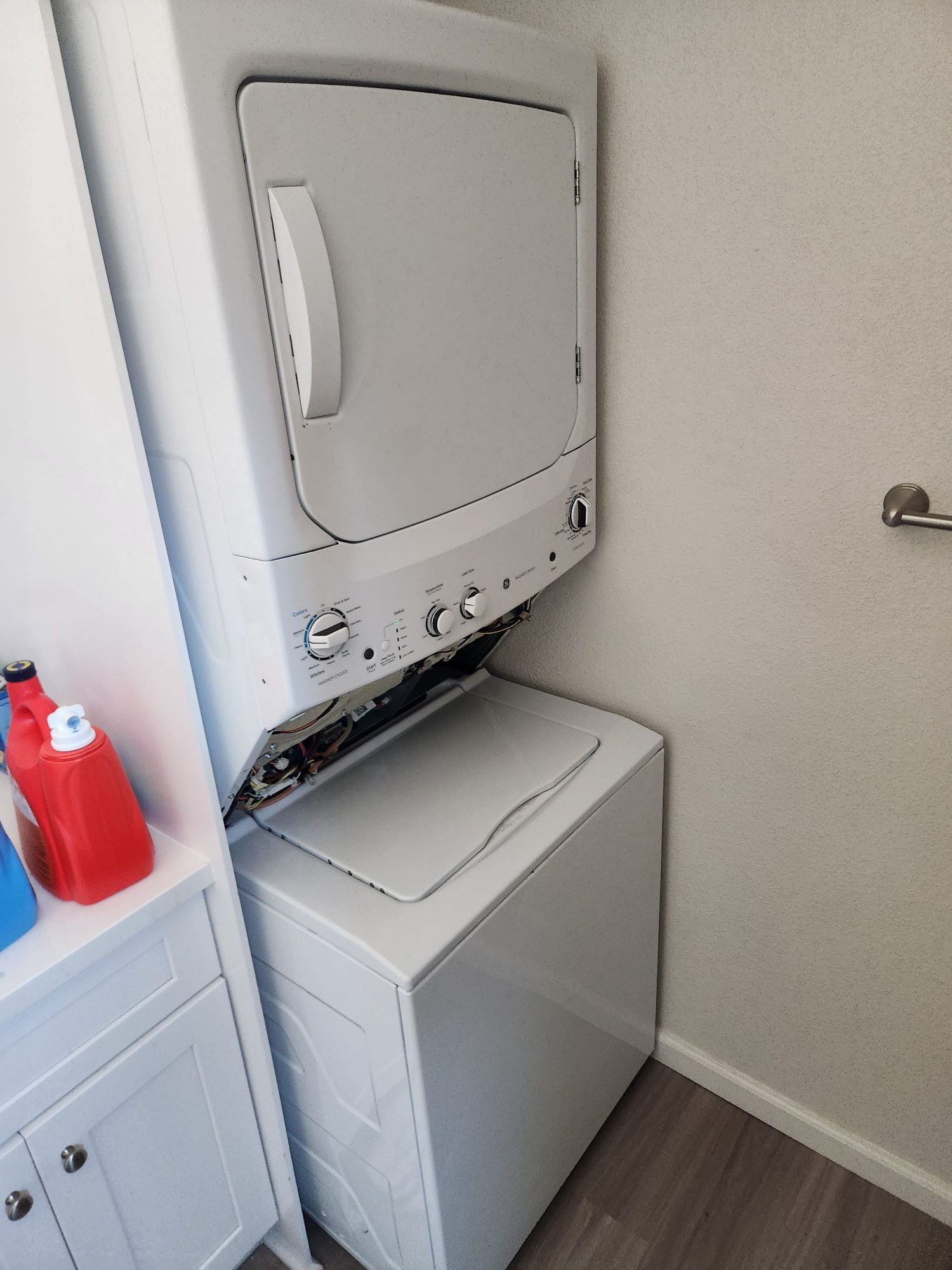
A washing machine motor is an essential part of the appliance’s functionality, powering the drum to wash and spin your clothes. However, just like any mechanical part, it can experience issues over time. One common problem that many homeowners face is motor overheating. If the motor overheats, it can lead to serious damage to the machine, resulting in costly repairs or even the need for a replacement.
But how do you know when the washing machine motor is starting to overheat? There are several signs you should watch for. Being aware of these symptoms early can help prevent further damage and ensure your washing machine continues to run efficiently.
- Unusual Noises from the Motor
- Slower or Irregular Spin Cycles
- Burning Smell or Fumes
- Motor Temperature Is Too Hot to Touch
- The Washing Machine Stops Mid-Cycle
- Error Codes or Display Alerts
- Increased Energy Consumption
- Overloading the Washing Machine: Putting too many clothes in the drum puts extra strain on the motor, causing it to work harder than it should. This can lead to overheating over time.
- Dirty or Worn Out Motor Parts: Dust, debris, or worn-out motor components can cause the motor to overheat. Regular maintenance can help avoid this.
- Electrical Issues: Faulty wiring or electrical surges can also cause the motor to overheat. If your washing machine is older or has frequent electrical issues, it could be at risk.
- Blocked Air Vents: If the ventilation around the motor is blocked or dirty, it can prevent the motor from cooling down properly, leading to overheating.